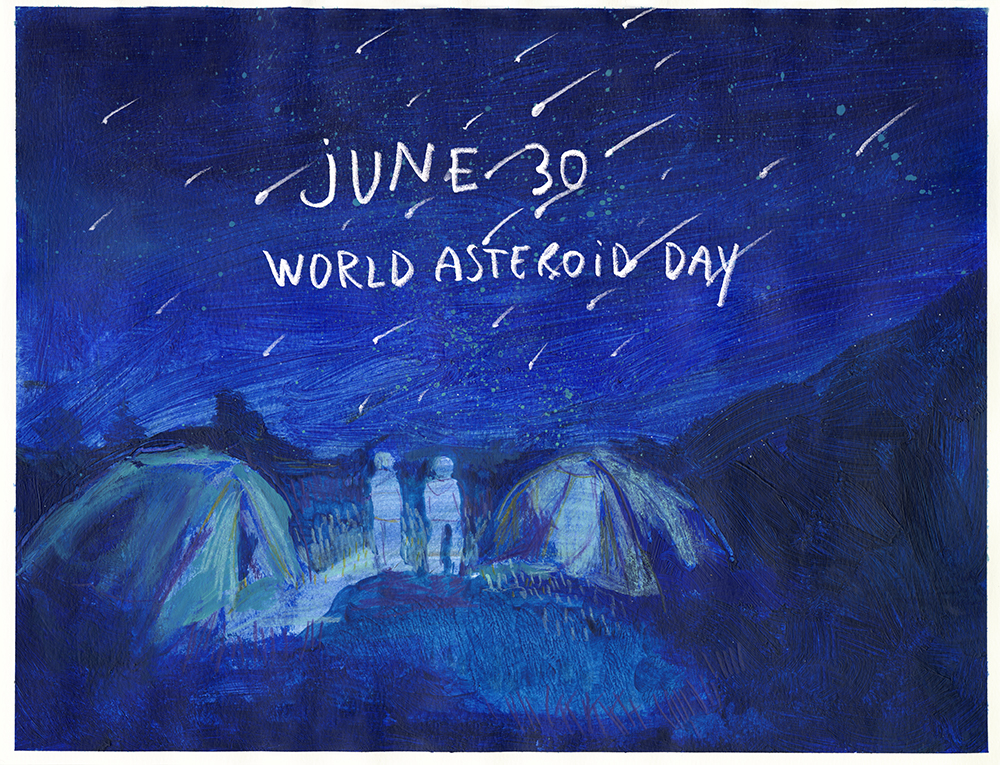World Asteroid Day


Today it’s both World Asteroids Day and Meteor Watching Day.
Asteroid= a small rocky object that orbits the sun.
Comet= a ball of ice and dust that orbits the sun.
Meteoroid= space rock or iron, created by asteroid/comet collisions.
Meteor= a streak of light in the sky caused by a meteoroid crashing through earth’s atmosphere. Meteors are often called shooting stars or falling stars because of the bright tail of light they create as they pass through the sky. Most meteors occur in Earth’s mesosphere, about 50-80 kilometers above Earth’s surface.
Asteroids Day is a global awareness campaign participated annually on June 30th. The mission is to inspire, engage and educate the public about the opportunities and risks of asteroids.
Why June 30? On this day in 1908, a meteor air burst leveled about 2,150 km2 of forest in Siberia- also known as the Tunguska incident. It was the largest asteroid impact in our recorded history.
Based on calculations, scientists suspect an iron asteroid of about 200m.
While Day of the Shooting Stars might sound more poetic, meteor-watching day first and foremost wants to encourage people to look up at the night sky and observe the wonders of nature and space.
Here in Europe, it’s a great reminder to get ready for mid-July until mid-August when we have a good chance to spot the shooting stars.
Alpha Capricornids: 7 July- 15 August. Slow yellow fireballs. The meteor shower was created about 3,500 to 5,000 years ago and will peak in the 24th century with major annual storms between 2220–2420 AD.
Delta Aquariids: visible from mid-July to mid-August each year with peak activity on 28 or 29 July. Low rate/hour but steady stream. The best views are in the Southern Hemisphere though.
Perseids: Visible from mid-July, with a peak between 4-14 August. These meteors are mostly visible in the Northern hemisphere with a rate of about 60/hour during the peak. The meteors are called the Perseids because the point from which they appear to hail (called the radiant) lies in the constellation Perseus. Most of the particles have been part of the cloud for around a thousand years. Most Perseids burn up in the atmosphere while at heights above 80 kilometers.
If we get clear skies, I’d love to try and photograph the meteor showers this summer!